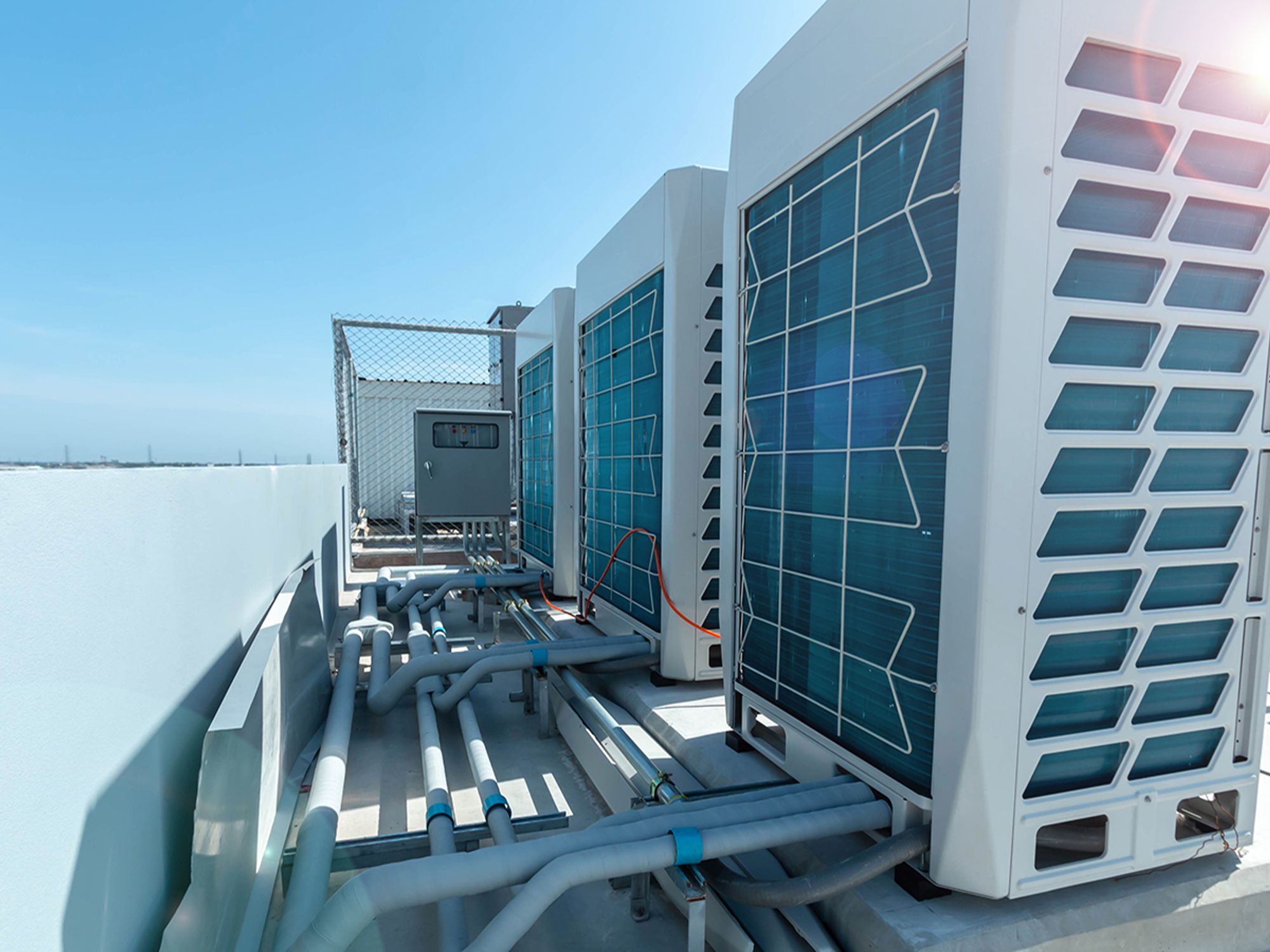Ozone-depleting substances

- The sale or distribution of any refrigerant containing ozone-depleting CFCs or HCFCs is restricted to certified technicians.
- In the U.S., ODS are regulated as Class I or Class II controlled substances.
- Class I substances have a higher ozone depletion potential and have been completely phased out in the U.S. since 2002
The 1990 amendments to the Clean Air Act (CAA) added provisions for protecting the ozone layer. These amendments require the Environmental Protection Agency (EPA) to develop and implement regulations for managing ozone-depleting substances (ODS) in the United States. They also ensure the United States’ commitment to implementing the Montreal Protocol.
Cited under 40 CFR 82 — Protection of Stratospheric Ozone, many ODS (i.e., all Class I substances and most Class II substances) should already be phased out of industrial, and current compliance with ODS regulations revolves around the servicing of stationary refrigeration and air conditioning (section 608 of the CAA) and motor vehicle air conditioners (section 609 of the CAA).
The sale or distribution of any refrigerant containing ozone-depleting chlorofluorocarbons (CFCs) or hydrochlorofluorocarbons (HCFCs) is restricted to technicians certified under sections 608 or 609 of the CAA. CFC-12 in a container of less than 20 pounds may only be sold to technicians certified under section 609. Any person who sells or distributes CFC-12 in containers less than 20 pounds must verify that the purchaser has obtained certification by an EPA-approved section 609 technician training and certification program.
An exception to these requirements is when small containers are purchased for resale only. In this case, the seller must obtain a written statement from the purchaser that the containers are for resale only. The statement must include the purchasers name and business address. Records must be maintained for three years.
In all cases, the seller must display a sign where sales occur stating the certification requirements for purchasers.
Phaseout program
In the United States, ozone-depleting substances (ODS) are regulated as Class I or Class II controlled substances.
Class I substances include:
- Chlorofluorocarbons (CFCs)
- Halons
- Carbon tetrachloride
- Methyl chloroform
These Class I substances have a higher ozone depletion potential and have been completely phased out in the U.S. since 2002; with a few exceptions, this means no one can produce or import Class I substances.
Class II substances are all hydrochlorofluorocarbons (HCFCs), which are transitional substitutes for many Class I substances. New production and import of most HCFCs will be phased out by 2020, and there must be no production or import of any HCFCs by 2030. The most common HCFC in use today is HCFC-22 or R-22, a refrigerant still used in existing air conditioners and refrigeration equipment.
Find tables listing Class I ODS and Class II ODS at epa.gov/ozone/science/ods/index.html.
